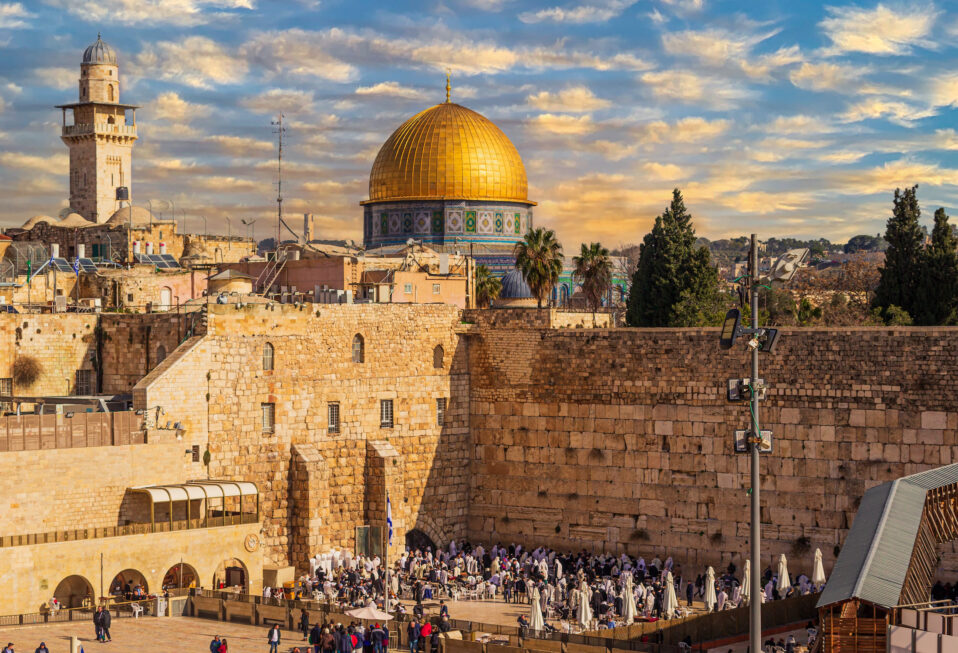By Stephen Faircloth
No city is mentioned more often in Scripture than Jerusalem. From the moment King David made it the capital of his kingdom, it became the spiritual center of Israel and a focal point for the Jewish people. Prophets spoke of it, psalmists sang of it, and Jesus Himself walked its streets.
Jerusalem’s story stretches back more than four thousand years. The earliest settlement formed around the Gihon Spring, a vital source of water that sustained life on the eastern hill, the area now called the City of David. When David conquered the city from the Jebusites, this hill became biblical Mount Zion and the heart of his kingdom.
David’s son Solomon expanded the city northward, building his royal palace, administrative buildings, and most importantly the Temple. As Jerusalem’s importance grew, and especially after the fall of the northern kingdom of Israel in 722 B.C., more people settled on the western hill, today known as Mount Zion. King Hezekiah fortified this larger area with a massive wall, parts of which can still be seen.
This was the Jerusalem destroyed by the Babylonians in 586 B.C. After the exile, returning Jews rebuilt the city, though on a much smaller scale. During the time of Ezra and Nehemiah, the settlement was again focused on the eastern hill.
Centuries later, under the Hasmoneans, Jerusalem grew once more. New walls expanded the city to include bustling markets to the north. By the time of Jesus, Jerusalem featured two dominant landmarks: the Temple Mount on the east and Herod the Great’s grand palace with its imposing towers on the west. This was the city where Jesus taught, healed, confronted corruption, and ultimately offered His life for the salvation of the world.
But Jerusalem’s glory was not permanent. In A.D. 70, Roman forces destroyed the city and the Temple, tearing down its walls and leveling its sacred spaces. The footprint of the ancient city shifted north and west, and Jerusalem would not surpass its first-century size until modern times. Later generations of Byzantines, Crusaders, Ottomans, and others left their own marks, each layer adding to the city’s complex story.
Yet throughout all its rises and falls, Jerusalem remains a place where heaven and earth seem to meet. Pilgrims still stream to its gates. Jews pray at the Western Wall, Christians retrace the steps of Jesus, and Muslims worship on the Temple Mount. For believers, Jerusalem is more than history. It is a living reminder of God’s presence, His promises, and His coming kingdom.
Jerusalem’s story teaches that no earthly city or structure, no matter how sacred, can replace the God who dwells with His people. Where is your heart anchored today—in walls and rituals, or in the Lord Himself?
Stephen Faircloth is the President of CBN Israel, an initiative dedicated to sharing the true story of the Jewish nation and inspiring a global community of Christians to stand with Israel and support her people in need. Our vision is to reshape the global conversation about Israel by fostering understanding, hope, and healing between Jews and Christians around the world. For more than 50 years, the Christian Broadcasting Network has supported Israel. By joining CBN Israel, you become part of this enduring legacy, transforming lives today and strengthening Christian support for Israel for generations to come.




Post a comment